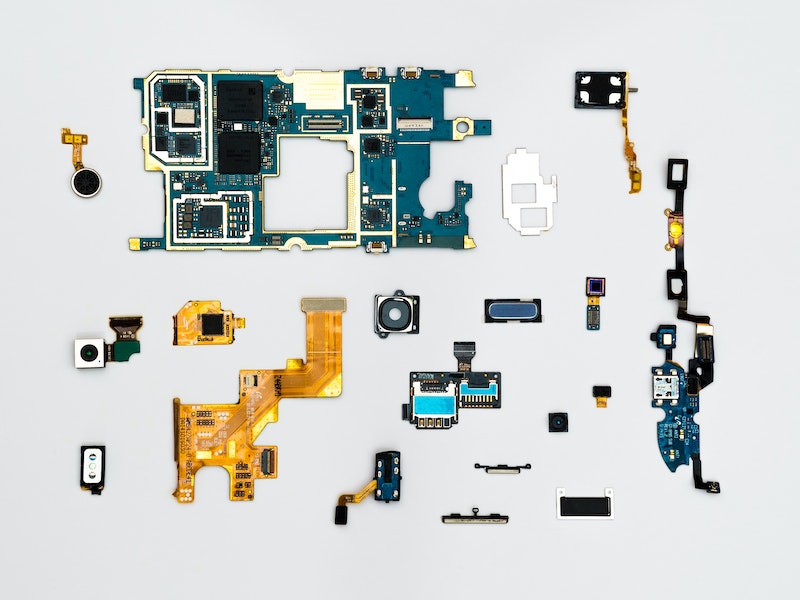
The Role of AI Predictive Models in Autonomous Robotics
The world of technology has evolved at an astonishing rate in the last few decades. With the rapid advancement in artificial intelligence (AI) and machine learning, autonomous robotics has emerged as a critical area that’s shaping the future.
These robots, designed to perform tasks without human intervention, owe their increasing sophistication to AI predictive models.
But how do these predictive models influence the field of autonomous robotics? Let’s dive into the details.
1. Enhancing Decision Making With Predictive Analysis
At the core of every autonomous robot is its ability to make decisions. Traditionally, these decisions were based on pre-programmed commands, leading to robots that were rigid in their actions.
However, with the introduction of AI predictive models, the game changed. These models allow robots to predict future events or situations based on the vast amounts of data they collect.
For instance, consider a robot navigating a busy factory floor. Using LIT AI predictive models, the robot can predict the future movements of machinery and workers. This ensures not only its own safety but also the safety of those around it, by avoiding potential collisions or obstructions.
2. Boosting Adaptability in Changing Environments
The real world is ever-changing, and for robots to function efficiently, they need to adapt quickly. AI predictive models allow autonomous robots to anticipate changes in their environment and adjust their actions accordingly.
For example, an agricultural robot equipped with these models can predict changing weather conditions and adjust its tasks such as irrigation or harvesting, optimizing its operations.
3. Paving the Way for Enhanced Learning
Every interaction or task performed by an autonomous robot is a learning opportunity. With predictive AI models, robots can process this information and predict which actions will lead to the best outcomes in future scenarios.
Over time, this self-learning capability allows robots to refine their operations, leading to improved efficiency and effectiveness.
4. Ensuring Energy Efficiency
Power consumption is a significant concern in robotics. Autonomous robots, especially those in continuous operation, need to manage their energy resources wisely. AI predictive models can play a pivotal role here.
By predicting the energy needs for upcoming tasks or identifying periods of low activity, robots can optimize their power usage, ensuring longer operational periods and reduced downtimes.
5. Facilitating Predictive Maintenance
Just like any machinery, robots are prone to wear and tear. AI predictive models, when applied to autonomous robotics, can predict when specific parts or systems are likely to fail.
This allows for proactive maintenance, ensuring that the robots remain operational and reduce unexpected downtimes. The implications of this are vast, especially in industries where consistent robotic operation is critical.
6. Enabling More Sophisticated Human-Robot Interaction
As robots find their way into more customer-facing roles, be it in retail or healthcare, the importance of smooth human-robot interactions cannot be stressed enough. AI predictive models can predict human behaviors or reactions based on previous interactions.
For example, if a robot is assisting shoppers in a store, it can predict the types of products a shopper might be interested in based on their previous choices or queries, leading to a more personalized shopping experience.
7. Promoting Safer Operations in Complex Scenarios
In situations where robots operate alongside humans, safety is paramount. Be it in healthcare, where robots assist in surgeries, or in rescue missions in challenging terrains, robots need to be incredibly precise in their actions.
AI predictive models, by forecasting possible outcomes, ensure that robots take the safest and most efficient route in any given scenario.
8. Pushing the Boundaries of Autonomous Robotics
The ultimate goal in the field of autonomous robotics is to design robots that can mimic human-like decision-making and adaptability. AI predictive models, with their ability to forecast and adapt based on vast amounts of data, are pushing the boundaries of what’s possible.
As these models become even more refined, we can expect robots that are not just tools but intelligent entities capable of complex thought processes.
Revolutionizing Robotics
AI predictive models are revolutionizing the field of autonomous robotics. By enabling robots to forecast future events, adapt to changing scenarios, learn from their actions, and interact seamlessly with humans and their surroundings, these models are setting the stage for a future where robots are integral to our daily lives.
As technology continues to evolve, and as AI predictive models become even more sophisticated, the line between human capabilities and robotic functionalities might just blur, ushering in an era where man and machine work together in perfect harmony.
Main image by Dan Cristian Pădureț, Pexels

